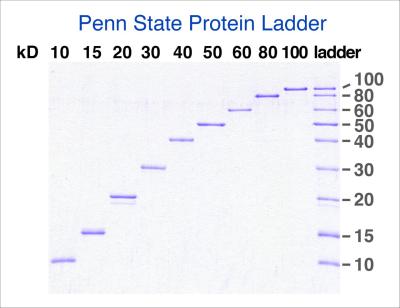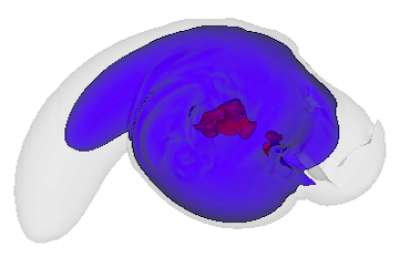A new luminescent sensor developed by Penn State chemists can detect terbium from complex environmental samples like acid mine waste.


Eventually COVID-19 may affect mostly young children who have not yet been vaccinated or exposed, according to Penn State research.
A newly described gene, PfAP2-HS, allows the malaria parasite to defend itself from fever, a clinical symptom of infection in humans.

A new fellowship program will support early career scientists at institutions like Penn State to study data from the Vera Rubin Observatory.

The Penn State Protein Ladder is an inexpensive, license-free resource for labs using SDS-PAGE or Western blots.

A new NSF grant to LIGO will support development of software and services to discover gravitational waves in real time.

Penn State researchers Mauricio Terrones and Lauren Zarzar discuss developing less expensive catalysts on the Growing Impact podcast.

A new nuclear physics center that includes Penn State researchers will explore the cosmic mergers of neutron stars and hot dense matter.

Researchers report the first-ever recordings of X-ray emission from the far side of a black hole.

Planetary nebula detected in distant galaxies by MUSE could help astronomers measure cosmic distances and determine the Hubble constant